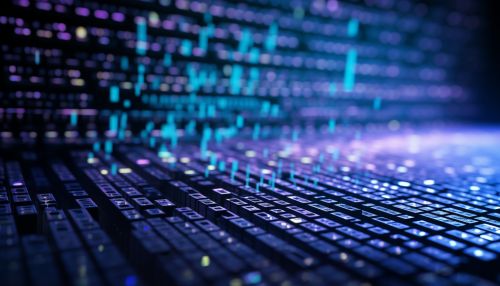Binary number system
Introduction
The binary number system, also known as base-2, is a numerical system that operates virtually the same as the everyday decimal or base-10 system, but with a limited number of symbols: 0 and 1. This system is fundamental to digital computing and information theory due to its simplicity and ease of implementation with digital electronic circuitry.


History
The concept of binary numbers dates back to ancient times, but the modern binary number system as we know it was fully documented by Gottfried Leibniz in the 17th century. Leibniz was inspired by the I Ching, an ancient Chinese text, which he interpreted as evidence of binary calculus.
Structure and Operation
The binary number system is a positional numeral system, meaning the value of a digit depends on its position in the number. Each binary digit is referred to as a bit. Unlike the decimal system where each digit position represents a power of 10, in the binary system, each digit position represents a power of 2.
Binary Arithmetic
Binary arithmetic involves the manipulation of binary numbers under the rules of arithmetic. The four fundamental operations of binary arithmetic are addition, subtraction, multiplication, and division. These operations are similar to their decimal counterparts, but are simpler due to the binary system's limited number of symbols.
Binary and Computers
Binary numbers are integral to the operation of computers. Computers use binary to process data because it's straightforward to implement with digital electronic circuitry using logic gates. Each bit in a binary number can correspond to a state of a physical component such as a transistor.
Conversion between Binary and Other Number Systems
Conversion between binary and other number systems, such as decimal or hexadecimal, is a common task in computing. There are established algorithms for these conversions, including the double-dabble algorithm for binary-to-BCD conversion and the division-remainder method for decimal-to-binary conversion.
Applications of Binary Numbers
Binary numbers have a wide range of applications in computing and related fields. They are used in almost all modern computers and computer-based devices because they are straightforward to implement with digital electronic circuitry.
